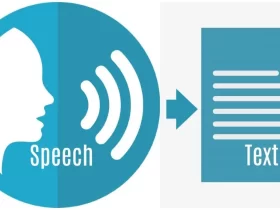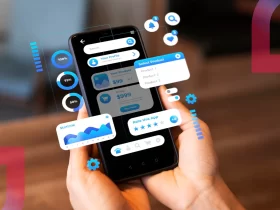Writing a good B2B cold email – an essential element in the marketing funnel of any sales business – is not easy. However, it is not nearly as difficult as having it opened and read by the recipient. On average, business individuals get 120+ emails daily, of which only 20-40% get opened, while the rest are deleted within seconds. To grow via cold emailing and differentiate themselves from the competition, organizations must use the best cold email strategy.
Below are four steps of an effective cold emailing strategy worth checking out:
Step 1: Identify your audience and gather data about potential customers.
The key reason why most cold emails are ignored is that they end up cramming the inbox of the wrong people. Do not underestimate the importance of doing your homework to find out who your ideal customer is and to improve the chances of getting a response from them. Using social media channels like LinkedIn can help you determine the relevant audience and optimize the email list of prospects before you reach out to them via cold emails. With tools like Reply’s LinkedIn Email Finder, building a quality email list should be no problem.
Step 2: Put time and effort into crafting a perfect cold email subject line.
A catchy and personalized subject line can boost the response rate for cold emails by a whopping 30.5%, or 50%, when there is a quick question used. Without a well-phrased, well-thought-out subject line, even the most compelling and value-adding email content costs nothing, as the letter will simply be never opened. Do your best to keep it concise, engaging, descriptive, and personalized.
Step 3: Personalize the content of your cold email.
Simply using the recipient’s name in the subject line or main message will not cut it – you need to show your prospect that you have taken time and effort to look into them, analyze their needs, and devise an offer that will bring them the best value. It might help to mention where you found the prospect, show your familiarity with the technologies they use/challenges they face, and touch on their goals.
Step 4: Explain the purpose of your cold email.
Make sure your email has a purpose that is clear to the reader. No one will spend their time opening and reading an email just for the fun of it. Let your recipient know your outreach goal as early in the letter as possible or even in the subject line).






